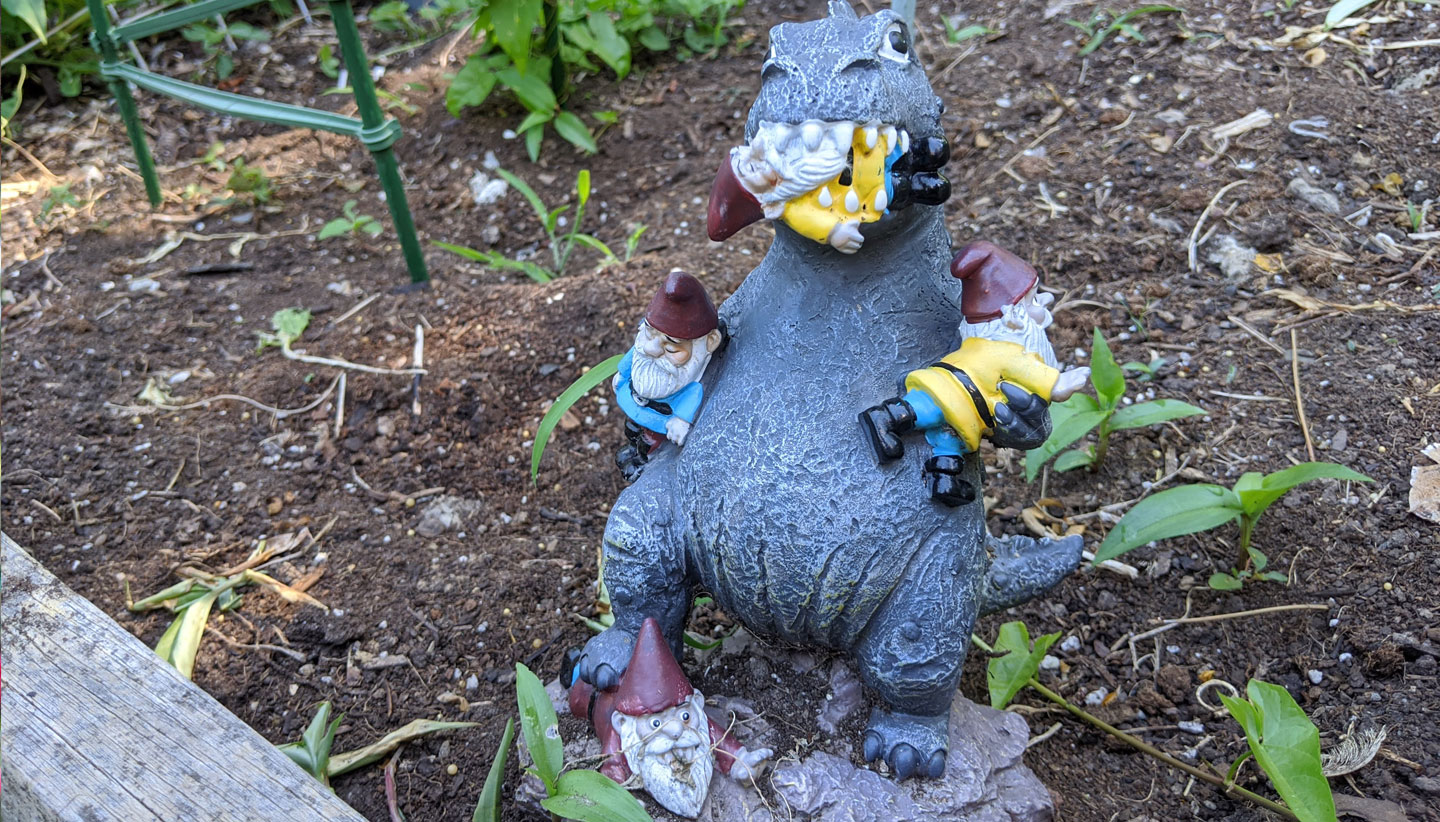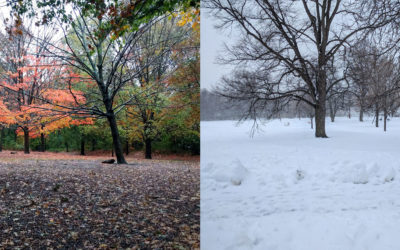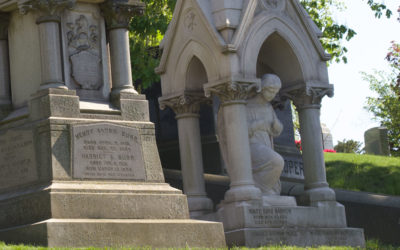MOMENT
Michael Hogan: “Spring”
An interesting and useful way into the pleasures of poetry, MOMENT©, was developed by my friend Michael Hogan, himself a widely published poet. MOMENT stands for the following dimensions of a poem: moment, opposition, movement, evocation, notation, and tension.
Moment: a place where an image captures a reader’s attention, is struck by its force.
Opposition: contrasting textural elements, such as light and darkness, cacophony and euphony, or other opposing forces or details.
Movement: any change of direction or emphasis or focus, such as a shift in tone or image.
Evocation: the mood or emotion evoked by a poem’s diction, music, or other elements.
Notation: transcription of the poem’s sounds and rhythms and structure, noting metrics, susurrus, cadences, enjambment and the like.
Tension: conflict, friction, strains or stresses that keep a reader engaged, surprised, and perhaps enlightened in some way.
Although Michael Hogan’s MOMENT can be used to analyze any poem, including those by Billy Collins, Gwendolyn Brooks, Lucille Clifton, Thomas Hardy, and Andrew Marvell, we’ll apply Hogan’s approach to one of his own poems.
Spring
Michael Hogan
Ice has been cracking all day
and small boys on the shore
pretending it is the booming of artillery
lie prone clutching imaginary carbines.Inside the compound returning birds
peck at bread scraps from the mess hall.Old cons shiver in cloth jackets
as they cross the naked quadrangle.
They know the inside perimeter is exactly
two thousand eighty-four steps
and they can walk it five more times
before the steam whistle blows for count.Above them a tower guard dips his rifle
then raises it again dreamily.
He imagines a speckled trout
coming up shining and raging with life.
Moment: There are a number of “moments” in Hogan’s poem that capture our attention: the first stanza image of the boys “prone clutching imaginary carbines” as they hear the booms of cracking ice; the birds pecking at bits of food; the old cons shivering while waiting for the whistle; the guard dipping his rifle.
Opposition: the contrast of the young boys and the old cons; the cold shivering and the warm steam whistle; the boys and cons below on the ground with the guard up in the tower; the boys’ imaginary carbines and the guard’s real rifle; the guard’s dipping and lifting of his rifle.
Movement: the poet shifts between the natural and human worlds—throughout the poem, beginning in the first stanza; inside and outside the compound (the birds return from out there to get food inside the walls of the compound, and the boys are out on the shore while the convicts are held inside the prison walls; shifts from imagining to living with reality, set up in the first stanza, and most forcefully and beautifully rendered in the poem’s final lines.
Evocation: feeling comes through for the “old cons” shivering as they walk across and around the “naked triangle” in their threadbare clothing; the evocation of feeling in the last stanza as the guard imagines himself fishing for and catching a trout. The powerful contrast between youth and age, life and death imaged there and hinted at throughout the poem.
Notation: Irregular stanza construction: 4, 2, 6, and 4 lines; the first two stanzas include one sentence each; stanzas three and four comprise two sentences each; four participles appear in the poem: four in the first stanza and two in the poem’s last line (the most beautiful pair), all of them suggesting the force of energy and life.
Tension: The poem’s conflicts have already been identified, but can be expressed in other ways, perhaps, as well. The tension between the guard watching the prisoners below and the prisoners looking up from time to time at the guard with his rifle; the tension between freedom and imprisonment; the tension or conflict between the guard’s own form of imprisonment up on the tower with a rifle ready for use if needed when he would prefer to be off fishing for trout, away from the prison and out in the natural world; the tension between the restrictions of human society and being at liberty in the world of nature.
This, of course, is but one way to capture what’s going on in Michael Hogan’s “Spring.”
Other readers will apply his MOMENT strategy differently. Michael Hogan suggests that readers identify some feature or aspect of the poem that they like, that resonates for them, without neglecting the poem as a whole.
What’s interesting about MOMENT, however, is how it focuses a reader’s attention on one aspect of a poem at a time. And it does this a bit differently than analyzing by means of the traditional elements of poetry. MOMENT serves, then, as a complementary or supplementary way into poems. It provides an alternative method for attending to a poem’s language and form, to what makes it a poem through and through. Hogan’s strategy for reading poems helps students slow down and notice; it encourages them to think about what they notice; and it leads them to greater enjoyment, deeper appreciation, and more thoughtful consideration of a poem’s manner, method, and meaning.


Robert DiYanni
Author ⪢ | Professor ⪢ | Consultant ⪢
Robert DiYanni is a professor of humanities at New York University, having served as an instructional consultant at the NYU Center for the Advancement of Teaching and Center for Faculty Advancement. For these centers he conducted workshops and seminars on all aspects of pedagogy, consulted with faculty about teaching concerns, visited and observed classes, and provided a wide range of pedagogical consultative services. Professor DiYanni serves on the faculties of the School of Professional Studies and the Stern School of Business at NYU. He earned his undergraduate degree in English from Rutgers University, attended a Master of Arts in Teaching program at Johns Hopkins University, and received a Ph.D. in English Language and Literature from the City University of New York Graduate Center.
In addition to his work at NYU, Dr. DiYanni has taught at City University of New York, at Pace University, and as a Visiting Professor at Tsing Hua University in Taiwan and at Harvard University. As a high school teacher for four years and a college professor for more than four decades, Professor DiYanni has taught students from eighth grade through doctoral candidates. Most of his teaching, however, has been with college and university undergraduates. His numerous workshops, offered in more than twenty countries, have been attended by secondary school teachers and administrators, as well as by undergraduate college and university faculty and administrators.
Dr. DiYanni has written and edited numerous textbooks, among them, Literature: An Introduction; The Scribner Handbook for Writers (with Pat C. Hoy II); Arts and Culture: An Introduction to the Humanities, (with Janetta Rebold Benton), the basis for a series of lectures given at the Metropolitan Museum of Art; and Modern American Poets: Their Voices and Visions, which served as a companion text for the PBS television series Voices and Vision, which aired in the late 1980s.
You may also want to read these…
Comparing Poems
Comparison is one of the best ways of teaching anything; it is especially useful for reading and teaching…
The Widow of Ephesus
Once there was a certain married woman in the city of Ephesus, whose faithfulness to her husband…
Villanelle Variations
“I learn by going where I have to go,” writes Theodore Roethke in “The Waking.” “The art of losing…


